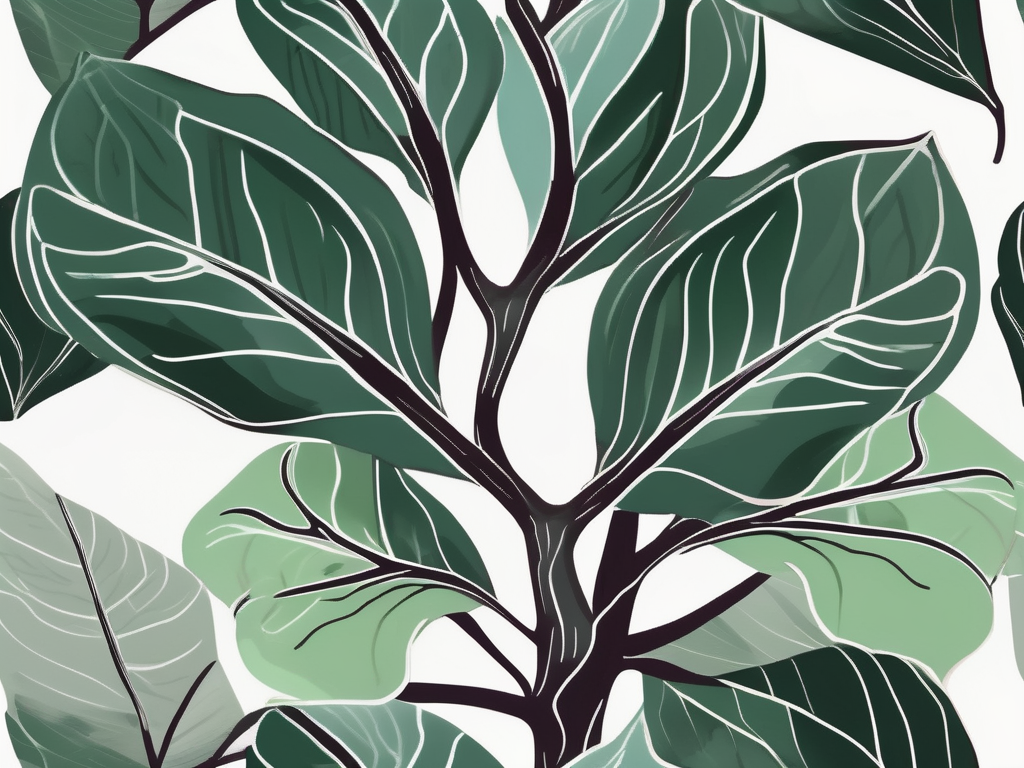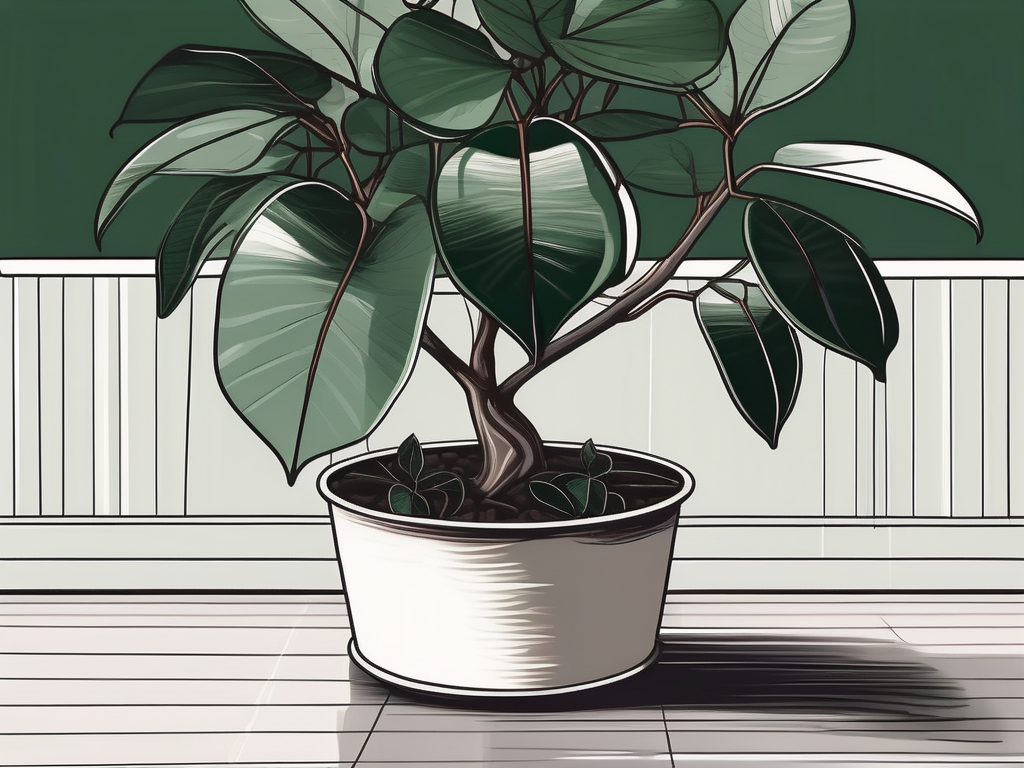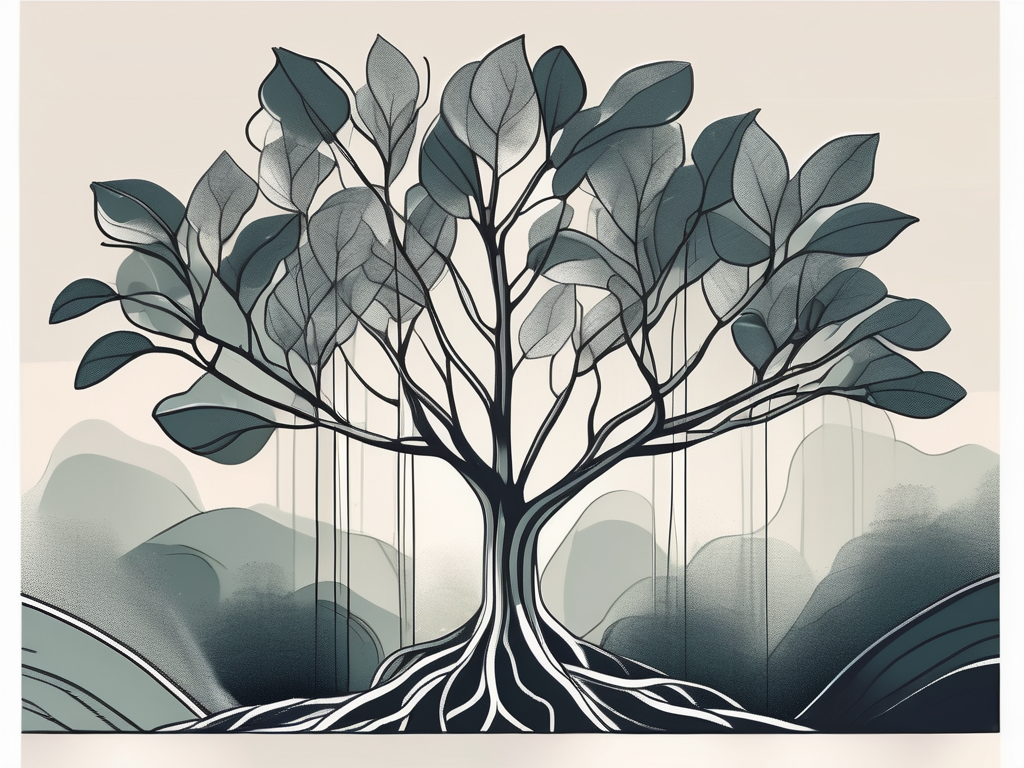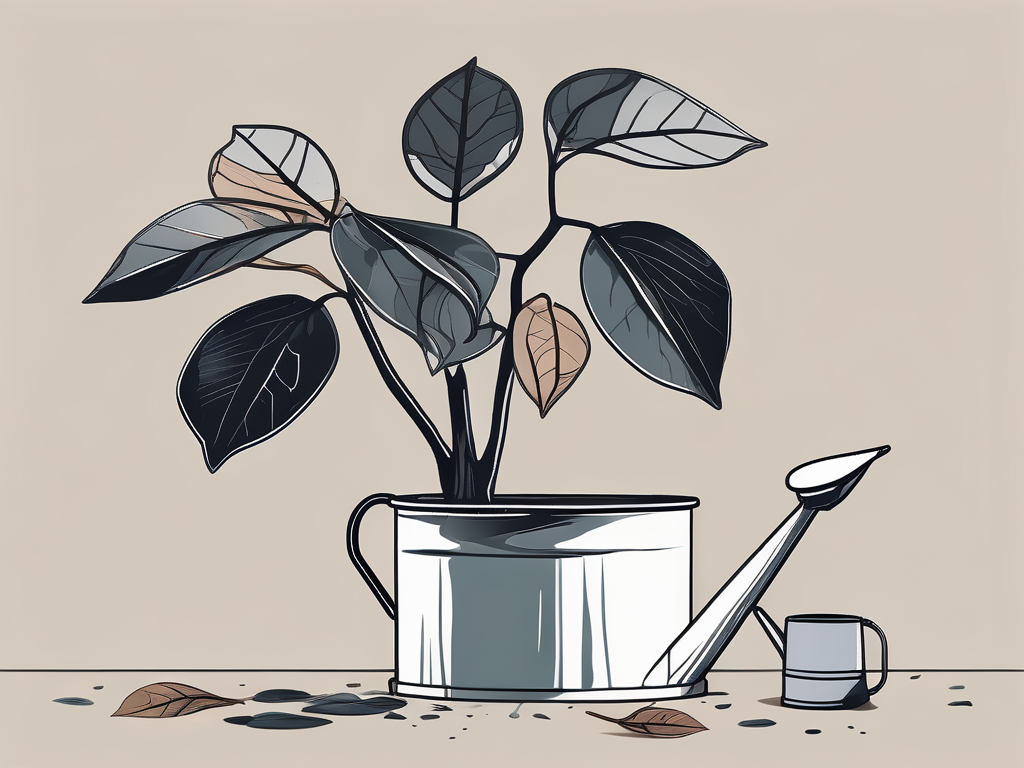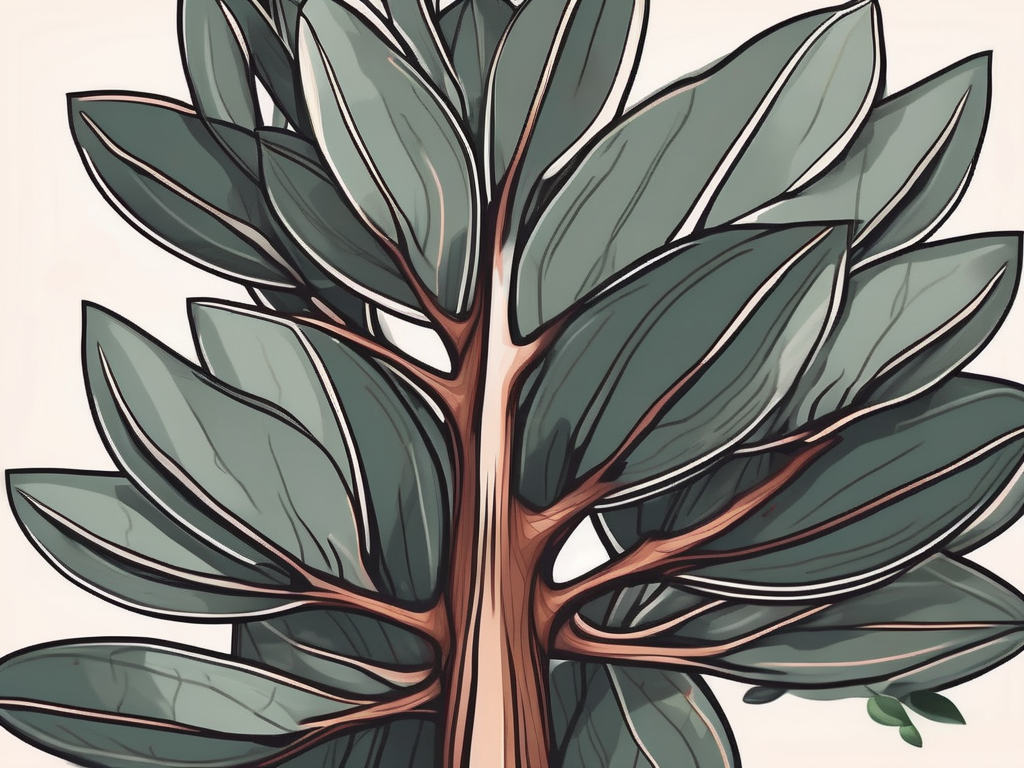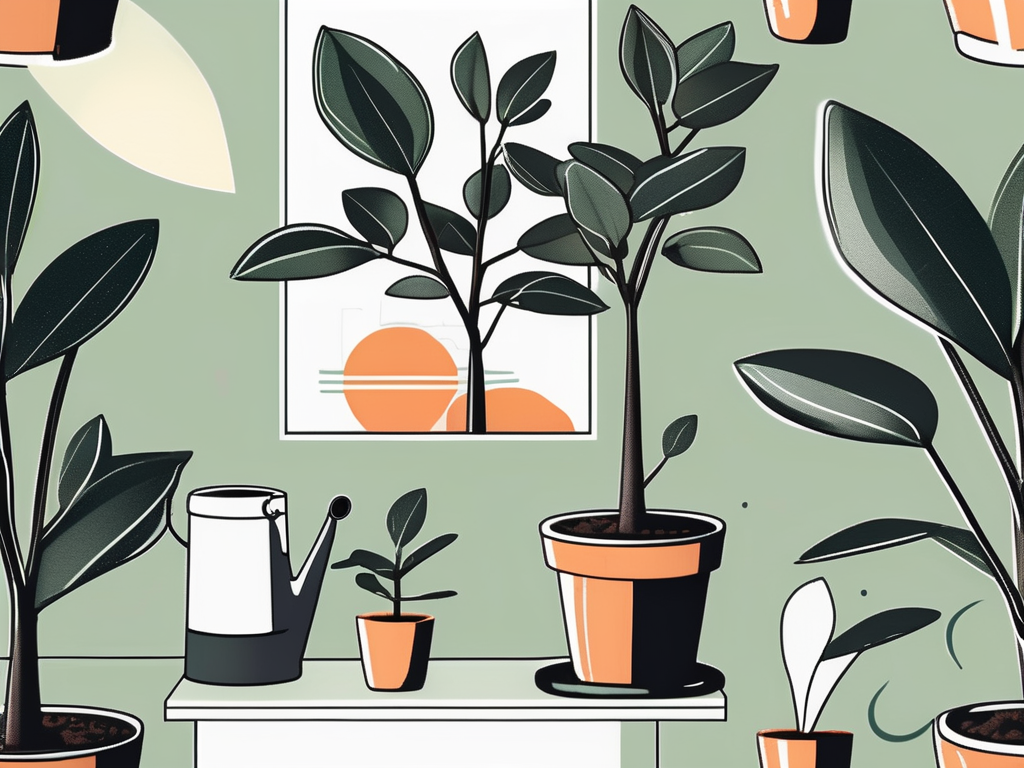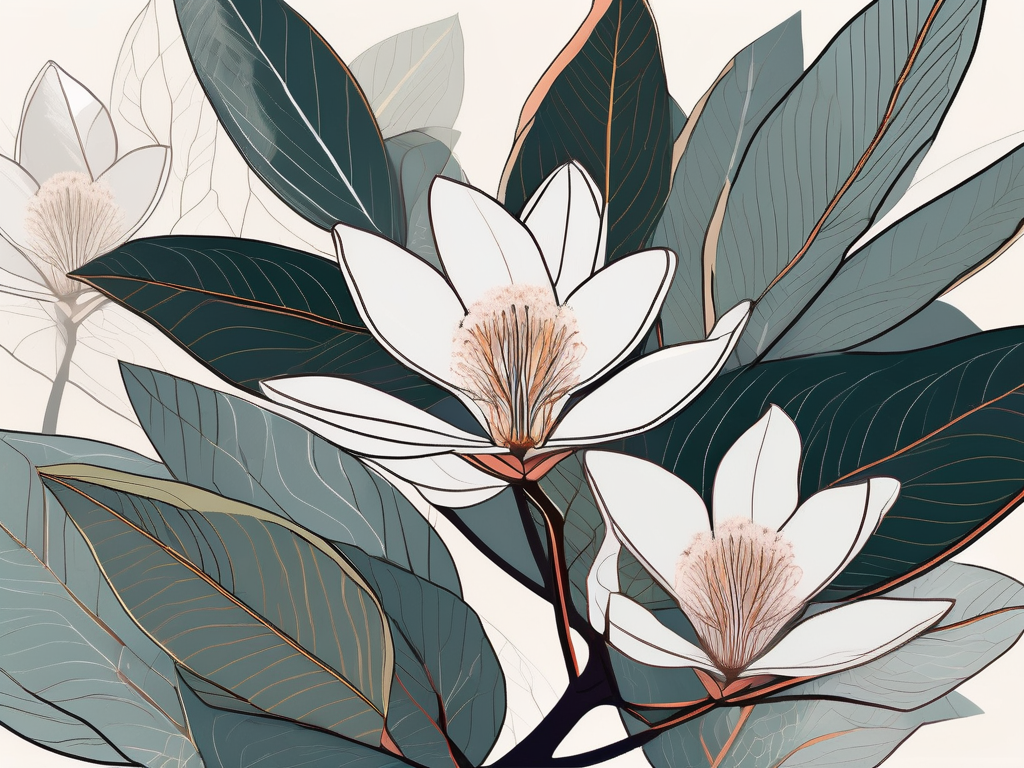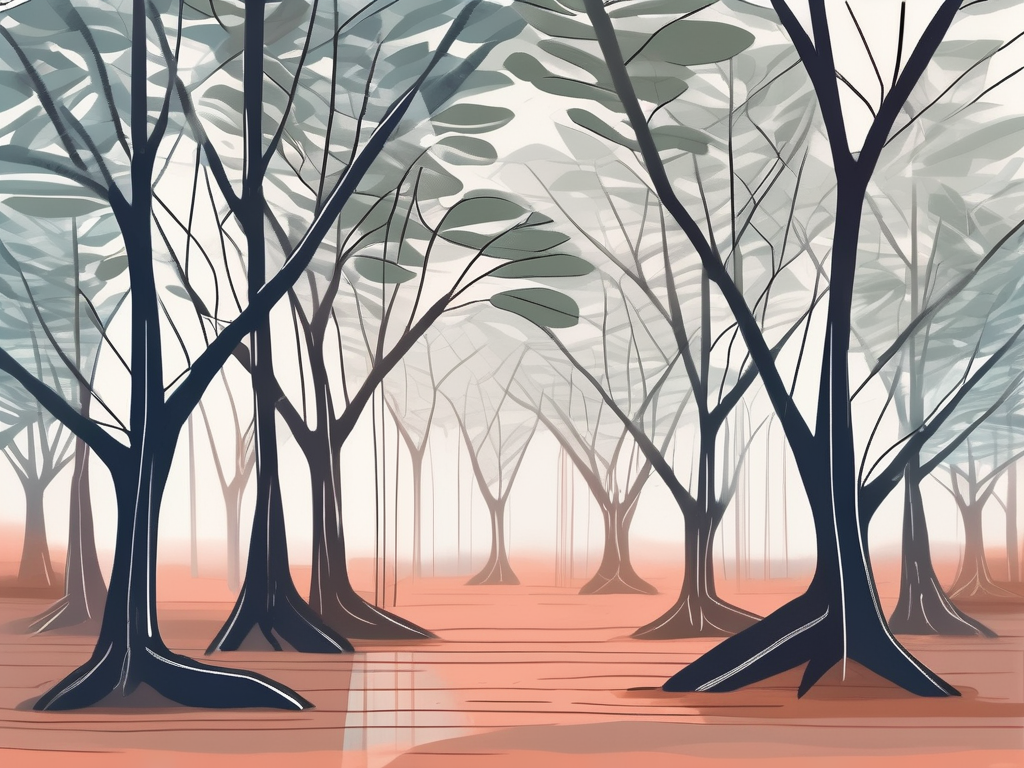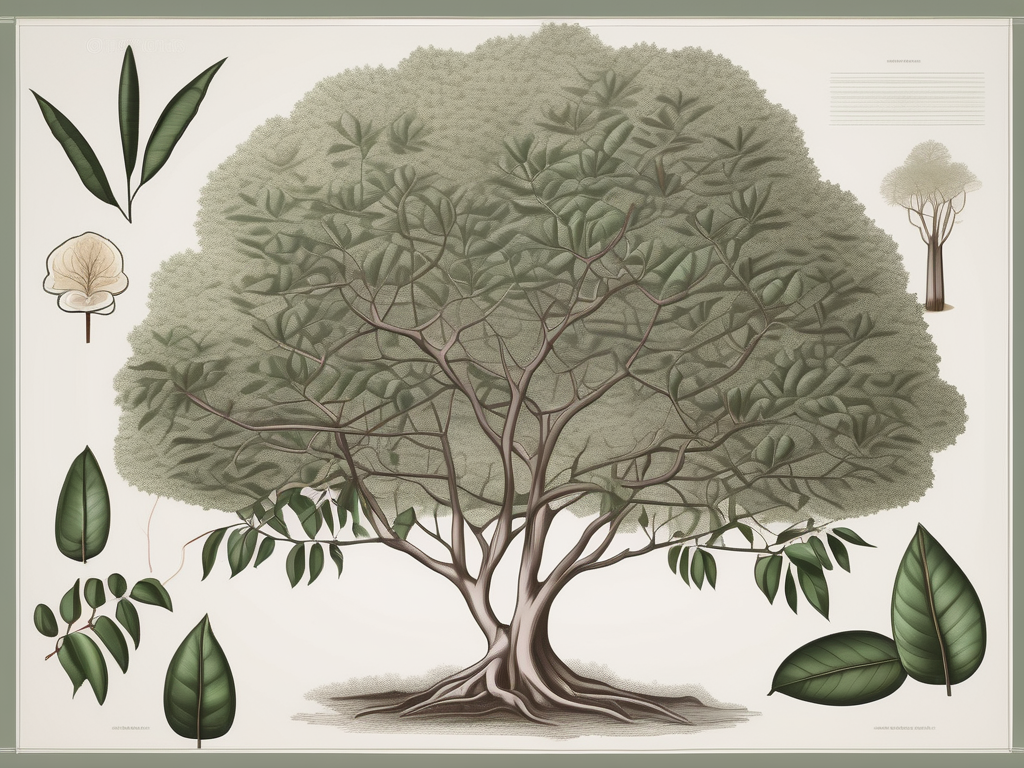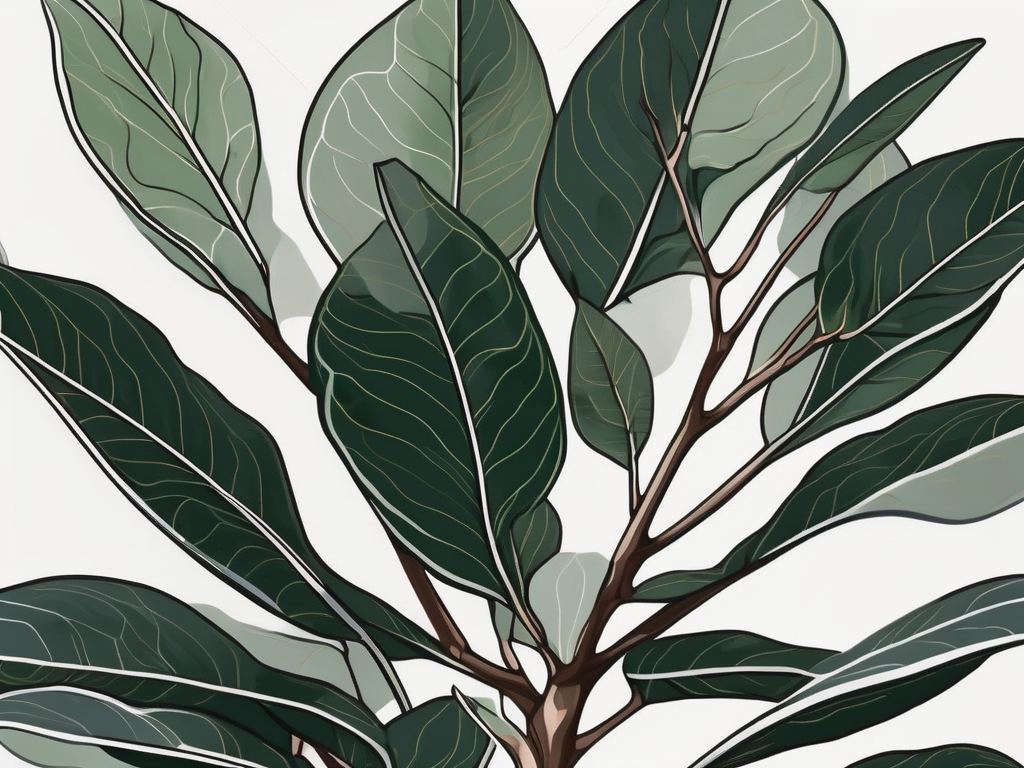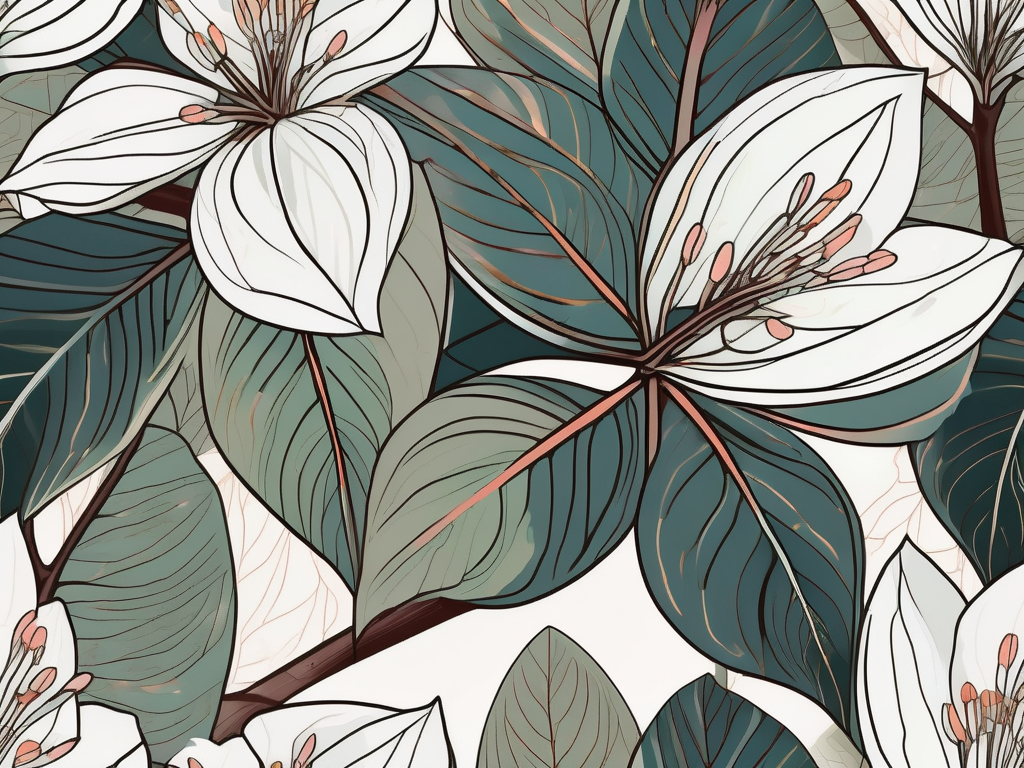
The Rubber Tree, or Ficus elastica, is a popular houseplant cherished for its glossy leaves and robust growth. But what about its flowers? While the Rubber Tree is mainly grown for its stunning foliage, the flowers hold their own unique charm and mystery. In this article, we’ll explore the often-overlooked beauty of the Rubber Tree flower and share insights on how to care for this intriguing plant.
We'll cover a variety of topics, including what makes these flowers special, how they fit into the plant's natural habitat, and tips on keeping your Rubber Tree healthy. Whether you're a seasoned plant parent or just starting out, you'll find plenty of useful information to help your Rubber Tree thrive.
What Makes the Rubber Tree Flower Special?
Rubber Tree flowers aren't the first thing that comes to mind when you think of this plant. In fact, they're quite different from the vibrant blooms you might expect from a flowering plant. The flowers of the Rubber Tree are small, inconspicuous, and often develop inside the plant's figs, hidden from plain sight.
So, why should we care about these hidden gems? Well, the Rubber Tree's flowers play a vital role in its reproduction process. In the wild, they rely on a specific type of wasp for pollination. This fascinating symbiotic relationship is a perfect example of nature's delicate balance. While you might not see these flowers often, understanding their role gives you a deeper appreciation for the Rubber Tree as a whole.
Interestingly enough, the conditions in most homes aren't conducive to flower production in Rubber Trees. But don't worry, the beauty of this plant lies in its lush foliage. If you're intrigued by the idea of seeing a Rubber Tree flower, you might need to visit a botanical garden where the conditions mimic the plant's natural habitat more closely.
Understanding the Rubber Tree's Native Habitat
To truly appreciate the Rubber Tree flower, it's helpful to consider where these plants come from. Native to the rainforests of Southeast Asia, Rubber Trees are accustomed to warm temperatures, high humidity, and indirect sunlight. In their natural environment, they can grow to impressive heights, often reaching up to 100 feet tall.
The dense canopy of the rainforest offers filtered sunlight, which is ideal for Rubber Trees. The high humidity levels and consistent rainfall create perfect conditions for growth. These factors contribute significantly to the plant's ability to produce flowers in the wild.
When you bring a Rubber Tree into your home, it's essential to try and replicate some of these native conditions. While you can't quite transform your living room into a rainforest, you can provide similar care by ensuring your plant receives adequate light and humidity. This will help your Rubber Tree thrive, even if flowering remains a rare occurrence.
Caring for Your Rubber Tree at Home
Now that we've touched on the Rubber Tree's native habitat, let's talk about how to care for one as a houseplant. Here are some practical tips to keep your Rubber Tree healthy and happy:
- Light: Place your Rubber Tree in a spot with bright, indirect light. Direct sunlight can scorch the leaves, so avoid placing it right next to a window.
- Watering: Allow the top inch of the soil to dry out between waterings. Overwatering can lead to root rot, a common issue with Rubber Trees.
- Humidity: Rubber Trees prefer a bit of humidity. If your home is particularly dry, consider using a humidifier or placing a tray of water near the plant.
- Temperature: Keep your Rubber Tree in a warm spot, ideally between 65-85°F (18-29°C).
- Soil: Use a well-draining potting mix to prevent water from sitting in the soil.
Following these simple care guidelines will help your Rubber Tree thrive, and who knows, maybe you'll be lucky enough to see it flower one day!
Dealing with Common Rubber Tree Problems
Even with the best care, Rubber Trees can sometimes face issues. Here are a few common problems and how to tackle them:
- Yellow Leaves: This can be a sign of overwatering. Check the soil and adjust your watering schedule accordingly.
- Dropping Leaves: Sudden changes in environment, such as moving the plant or changes in temperature, can cause leaf drop. Give your plant some time to adjust.
- Pests: Keep an eye out for common pests like spider mites and mealybugs. Wipe leaves with a damp cloth and use insecticidal soap if needed.
Remember, the key to solving most plant issues is observation and adjustment. With a little patience, you can keep your Rubber Tree looking its best.
Incorporating Rubber Trees into Your Home Decor
Rubber Trees aren't just for plant lovers; they also make a stunning addition to any interior design. Their large, glossy leaves can add a touch of elegance to any room. Here are a few ideas on how to incorporate Rubber Trees into your home decor:
- Statement Piece: Use a large Rubber Tree as a focal point in your living room or office. Its dramatic foliage is sure to attract attention.
- Complementary Decor: Pair your Rubber Tree with other plants that have different leaf shapes or colors for a varied and interesting display.
- Pot Selection: Choose a stylish pot that complements your decor. A ceramic or woven basket can add an extra touch of style.
With a bit of creativity, you can turn your Rubber Tree into a beautiful centerpiece that enhances your home's aesthetic.
Why You Might Never See a Rubber Tree Flower Indoors
While the idea of seeing a Rubber Tree flower might be exciting, the reality is that it's quite rare for these plants to flower indoors. The conditions needed to trigger flowering, such as specific light and humidity levels, are hard to replicate in a home environment.
Don't let this discourage you, though! The Rubber Tree is loved for its stunning foliage, and that's more than enough reason to keep one in your home. Enjoy the lush green leaves and the air-purifying benefits that come with them.
Ultimately, owning a Rubber Tree is about appreciating its unique qualities rather than waiting for a rare flower to appear. Embrace the beauty of the plant as it is, and it will reward you with years of greenery and joy.
Tips for Propagating Your Rubber Tree
Propagating your Rubber Tree is a fun way to share this beautiful plant with friends or expand your collection. Here's a simple step-by-step guide to get you started:
- Cut a Healthy Stem: Look for a healthy stem with a few leaves and make a clean cut just below a node.
- Remove Lower Leaves: Remove the lower leaves from the cutting, leaving a few at the top.
- Rooting Hormone: Dip the cut end in rooting hormone to encourage root growth.
- Plant the Cutting: Place the cutting in a pot with moist, well-draining soil and keep it in a warm, bright spot.
- Water Sparingly: Water the cutting lightly, ensuring the soil stays moist but not soggy.
- Be Patient: It may take a few weeks for roots to develop, so be patient and keep an eye on your cutting's progress.
With a little patience and care, you'll soon have a new Rubber Tree to enjoy.
The Environmental Benefits of Rubber Trees
Rubber Trees are not only beautiful but also beneficial for the environment. They are known for their air-purifying qualities, helping to remove toxins such as formaldehyde and carbon monoxide from the air. This makes them an excellent choice for improving indoor air quality.
Additionally, Rubber Trees are a renewable source of latex, which is used in various products worldwide. While the rubber produced by household Rubber Trees isn't typically harvested, it's interesting to note their contribution to sustainable practices in their native habitat.
By keeping a Rubber Tree in your home, you're not only adding beauty to your space but also contributing to a healthier environment.
Final Thoughts
The Rubber Tree may not be known for its flowers, but its unique characteristics and stunning foliage make it a beloved houseplant. From its native habitat to its role in your home, there's much to appreciate about this versatile plant.
At Cafe Planta, we believe that plants have the power to bring people together and inspire us to connect with nature and each other. If you have questions or need advice on caring for your plants, feel free to email us or DM us on Instagram. We're excited to help you create a beautiful, thriving plant collection in your home.













